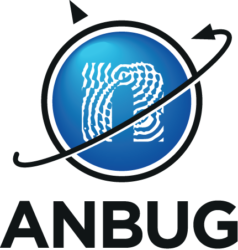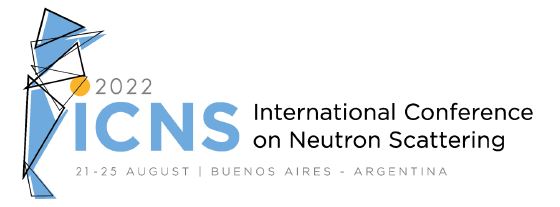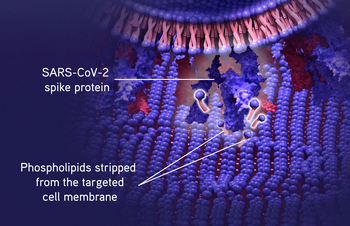The International Conference on Neutron Scattering 2022 (ICNS 2022) will take place in Buenos Aires, Argentina, from August 21 to 25, 2022.
ICNS2022 will be the 12 th conference in a series held every four years starting in 1982 including most recently ICNS 2009 in Knoxville, USA, ICNS 2013 in Edinburgh, UK, and ICNS 2017 in Daejeon, Korea. The ICNS 2022 will be the largest international platform for sharing and exchanging the latest exciting advances in neutron scattering science, including a broad range of topics
The conference states that “we understand that life is uncertain right now due to the COVID 19 pandemic, but we hope that everything could go back to some kind of normality
next year, and we are planning accordingly. While we remain optimistic that an in person ICNS 2022 will take place, a preparation for some degree of virtuality is also under consideration depending on the evolution of the worldwide situation, we may have to make critical decisions in the next few months, which may have implications on the
format of ICNS 2022″.
Scientific Program Topics:
-Soft Matter
-Biology and Biological Interfaces
-Condensed Matter Physics
-Magnetism and Thin Films
-Solid State Chemistry
-Life Sciences
-Energy and Engineering Materials
-Functional Materials
-Industrial Applications
-Cultural Heritage and Archaeometry
-Neutron Physics
-Neutron Sources and Facilities






